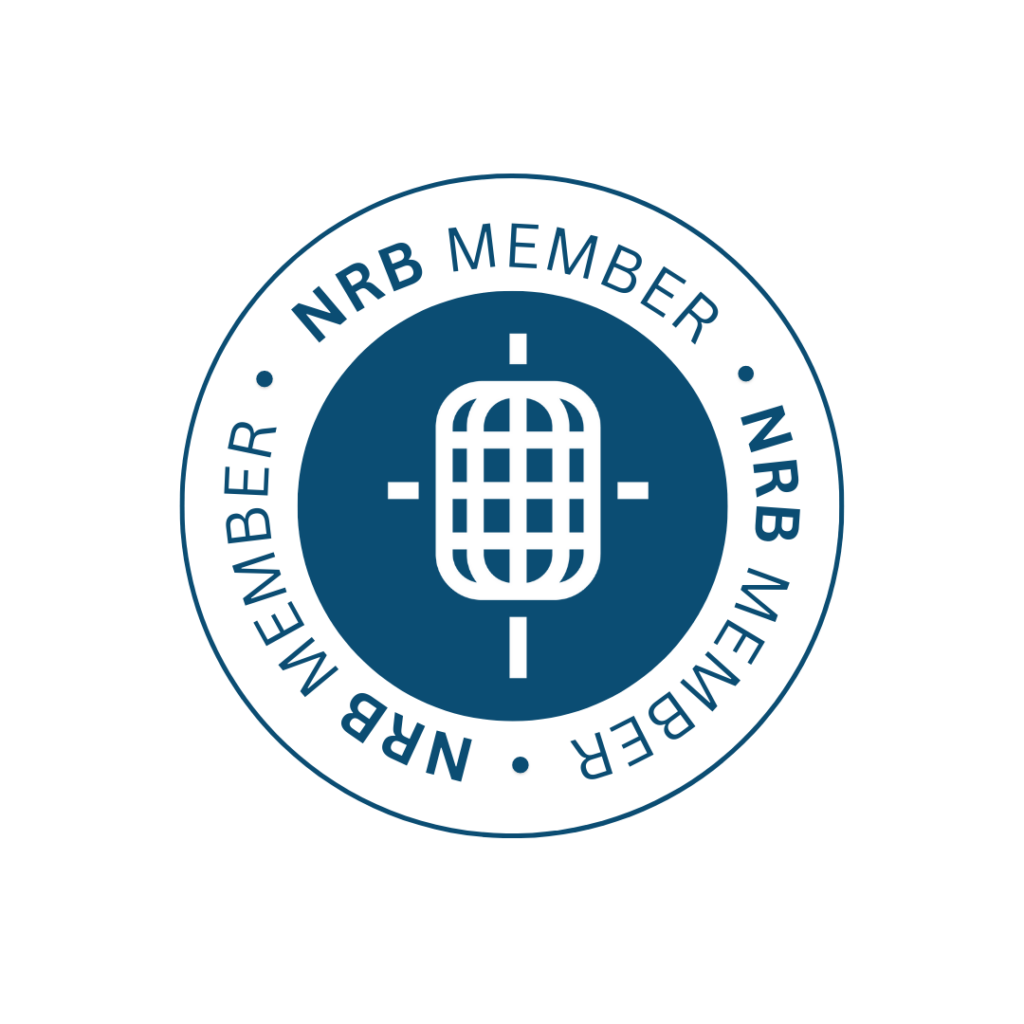Slowing the Revolving Door in the Development Office
While meeting with the head of a charitable foundation, he shared a story about his previous appointment:
“The person I just met with was asking for funds for a ministry that he said is the most important mission in the Kingdom of God. But last year, he met with me to give a plea for a completely different organization that was ‘critical to our times.’ I wonder who he will be representing next year?”
The position of development officer in modern-day not-for-profits is a revolving door. Major gift officers are often given unrealistically high financial goals to achieve in a short period of time or staggeringly large caseloads beyond what one person can manage. Many are expected to be “road warriors” traveling away from home 250+ days a year. These factors contribute to burn-out and significant turnover.
Everywhere we look, we see the constant churn of major donor officers coming and going, hopping from one charity to the next. And that’s not good for the organization.
But donor officer discontent does not stem primarily from the rigors of travel or lofty fundraising goals. It’s a result of internal factors that could have been prevented.
Major donor officers with thriving, long-term positions express the following truths:
- I have key information on new initiatives. I always get “hot off the press” stories to take to my donors. My donors sense that I am “in the know”.
- I have access to senior leadership and board members. My donors know that I can connect them to the inner circle of decision-makers when the need arises.
- I have the latest reports on ministry progress and results. My donors know I have my finger on the pulse and they will learn things from me that they won’t hear anyplace else.
- The projects I represent are fundable and compelling. I have the collateral materials that I need to help the donor fall in love with them.
Of course compensation, travel schedule and caseload all need to be appropriately scaled. But more than that, major donor officers need to be connected to their leaders at a meaningful level and have a compelling vision to share that fuels their passion.
They need to be equipped with dynamic stories, project descriptions, and qualitative results to relay to their relationships; and they need up close and personal experience with the people whose lives are being changed, to keep them motivated.
Major donor officers stay in organizations where they are personally involved in connecting vision with results. They love to match up generous people with great opportunity and are fulfilled by seeing lives transformed because their donor responded.
Organizations that create an environment of engagement for their donor officers will have a fruitful – and longer-lived – relationship. And perhaps not need to post that job listing so often.
Related articles
-

CEO Expectations of a Director of Development
Did you know the national average for a director of development’s tenure with a nonprofit is only 18 months? Why…
-
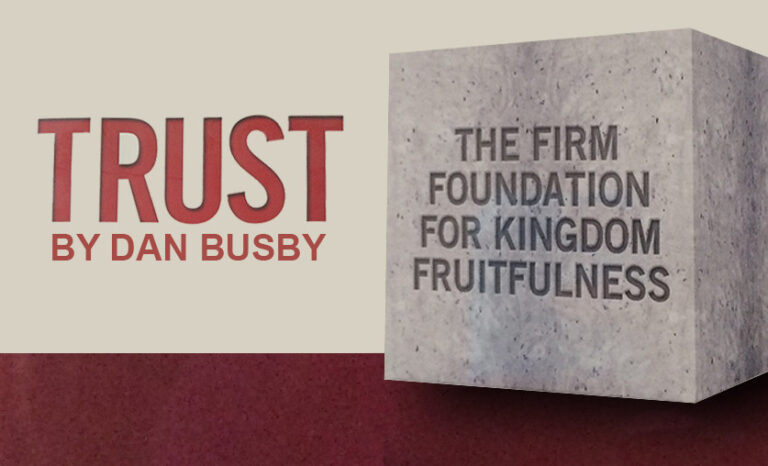
The Value of “Trust”
In any fundraising effort, the crux of every invitation to donate is based on trust. Trust that the organization’s leadership…
-
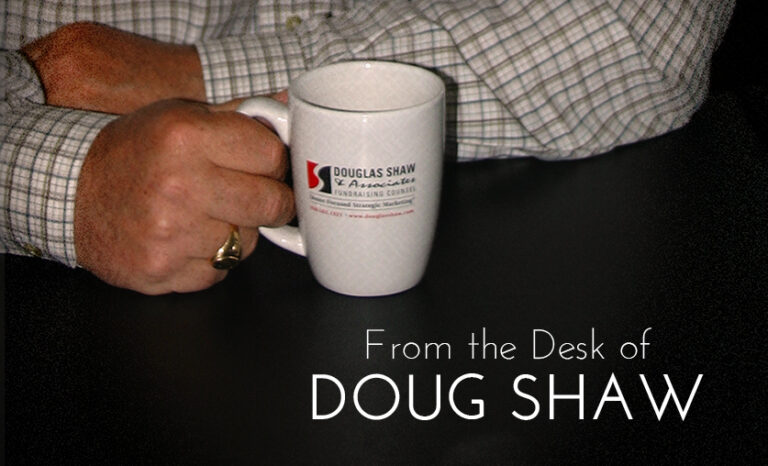
A Word of Encouragement to the Development Committee of Your Board
If you find yourself on the Development Committee of your Board of Trustees, you are in a very powerful position.…




